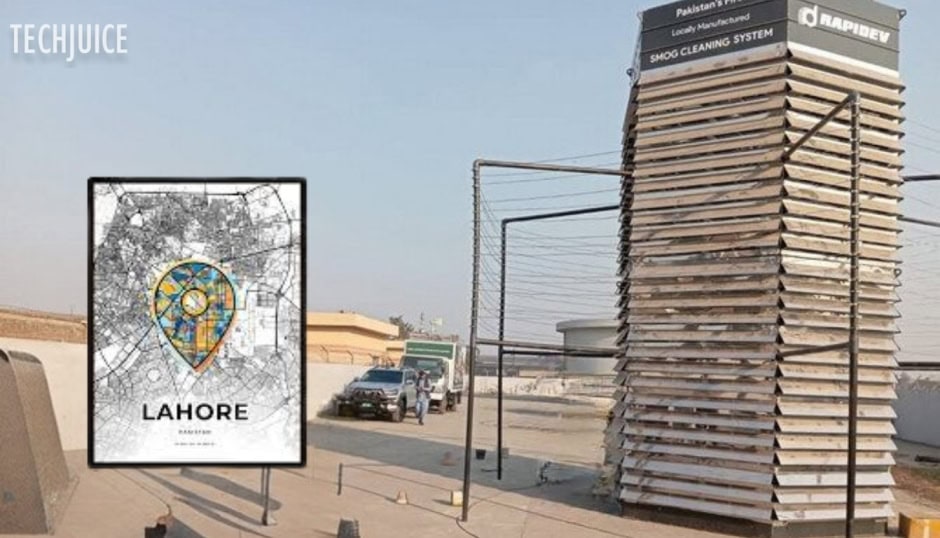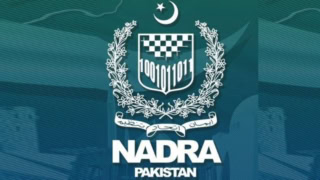Failed Smog Tower Highlights Need for Comprehensive Air Quality Policies in Lahore

Lahore: The smog control tower in Lahore has failed to make a significant impact in reducing pollution levels, raising questions about its effectiveness. In a recent report, the Pakistan Air Quality Experts Group criticized reliance on such measures and urged authorities to adopt scientifically backed strategies to combat the city’s worsening air quality.
The advisory rejected the notion of artificial rain, deeming it an unfeasible and ineffective remedy for the pollution crisis. The group urged prompt measures to address the alarmingly elevated PM 2.5 levels affecting Lahore. Proposed measures encompass the shutdown of brick kilns and smelters, as well as limiting heavy traffic on days when air quality hits hazardous levels.
Comparable measures have proven effective in urban centers such as Beijing and New Delhi, leading to notable enhancements in air quality. Despite the temporary measures put in place in Lahore, pollution levels have once again soared to hazardous heights.
Dawar Hameed Butt, the group’s coordinator and environmental expert reported that in 2024, Lahore’s daily average PM 2.5 concentration surpassed historical averages. He expressed discontent with the government’s strategy for tackling smog, highlighting its shortcomings in addressing major sources of pollution and advocating for measures grounded in scientific research.
A recent study conducted in New Delhi has projected that approximately 47,000 towers will be necessary to achieve a healthy range for PM 2.5 levels, while Lahore is estimated to require around 20,000 towers. In the past, the idea of artificial rain was touted as a possible remedy; however, it proved to be ineffective, especially during unfavorable weather conditions.
Experts contend the government should focus on initiatives that prevent or reduce emissions at their source, rather than relying on ineffectual solutions. The Punjab government is encouraged to use research and expert insights to review current policies and use best practices from other areas.
Sharing clear, practical insights on tech, lifestyle, and business. Always curious and eager to connect with readers.


 2 min read
2 min read
















